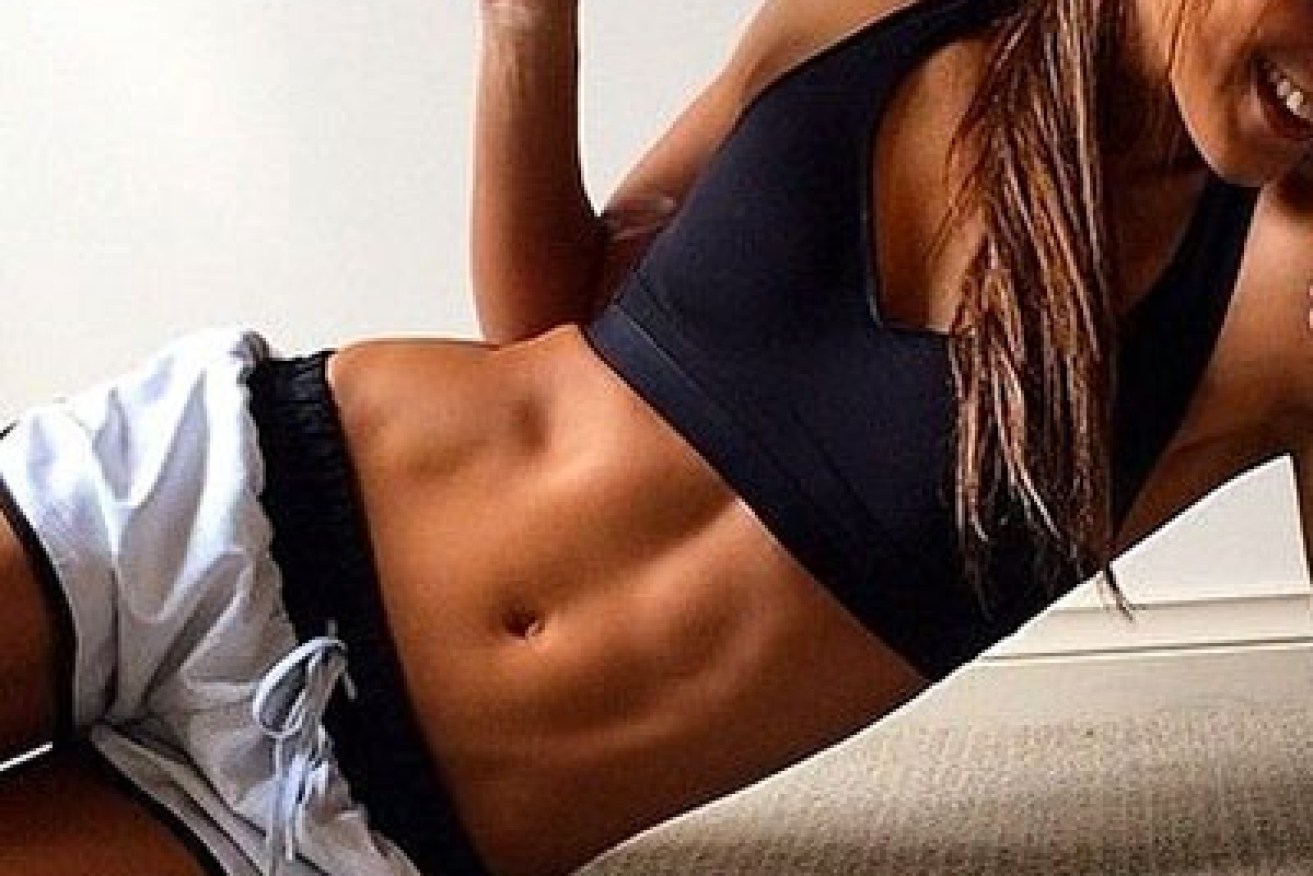Move over #thinspo – is #fitspo the new health danger?

Tumblr and Instagram are a haven for #fitspo fans.
First came #thinspo, a social media movement promoting weight loss that was criticised for pushing too-skinny images on young women. In its place emerges #fitspo, which floods the internet with countless photos of oatmeal – known as oatporn – intense exercise and catchy motivational messages (“Three months from now, you’ll thank yourself”).
Fitspo has become a popular buzzword (the term is an abbreviation of “fitness inspiration” or “fitspiration”), particularly on blogging platforms such as Tumblr and Instagram. It is generally aimed at women, and most of the followers are young, aged roughly 13-19.
• Should you stretch before working out?
• Why fizzy drinks could be killing you softly
• Is rapid weight loss safe and effective?
Developed as a response to the #thinspo movement, bloggers encourage weight loss in conjunction with exercise and a healthy lifestyle. Many provide their followers with general food advice, recipes, and even specific eating plans, sold online through eBook websites for around $10-$20. Many advocate strict avoidance of fructose, gluten, dairy and sugar.
But Melbourne nutritionist Grace McConchie says the nutritional advice liberally dispensed by these bloggers is often wrong.

Tumblr and Instagram are a haven for #fitspo fans.
“The amount of nutrition misinformation made available on the internet is unbelievable. A blog I came across on the Internet for example – the woman writing it had 50,000 followers,” McConchie says. “She had no nutrition-related qualification, no scientific background, yet she tells her readers to avoid gluten, wheat, dairy and soy as they are ‘harmful’.
“People running these accounts need to get their facts right before advising vulnerable groups such as adolescent girls to cut out entire food groups … if a follower cut out numerous food groups like gluten, dairy and meat, then it’s likely their diet would not be nutritionally balanced.
“I think these diets are unrealistic and obsessive. I believe completely cutting foods out of the diet are unnecessary and it might lead to an eating obsession.”
Body transformations
Liz Christie, a 21-year-old South Australian, is part of the #fitspo community. Christie lost 30kg through several rounds of celebrity fitness trainer Michelle Bridges’ 12-week body transformation program.
She is hoping to lose a few more, and recently started blogging in order to motivate herself throughout her weight-loss journey.

Words to live by – but is all #fitspo advice suitable?
Christie is careful not to provide her followers with specific health information, and her blog is centered on her own health and positivity – much like other fitspo blogs, but without the nutritional advice.
“I am very careful not to hand out health advice. I try to make it clear that what I blog and post about is my personal experiences only. I would never hand out eating or workout plans on my blog. I’m not qualified to do so, and therefore wouldn’t feel comfortable doing so,” Christie says.
Food manufacturers are starting to take advantage of the emerging fitspo trend. Once bloggers have a large following (many amass thousands of followers, with some reaching one million), companies strategically send them products to promote. These are mainly food products, like raw chocolate or organic coconut water, but can include sports garb and chemical-free skin products.
Grace McConchie says this commercialisation becomes a problem when fitspo bloggers start promoting expensive products and constant perfection as essential to a healthy life.
“Although most of these products are genuinely healthy, they are a result of marketing. They are in no way essential to a healthy lifestyle,” McConchie says.
“With their nutritional value, blueberries are easily considered a superfood, but you don’t see this because they are not marketed that way. You don’t need to drink a cacao smoothie every morning to be healthy – all you need is a balanced diet of fruit, vegetables, complex carbohydrate and sources of calcium and protein.”
The perfect storm
New York-based fitness expert and personal trainer Jessi Kneeland, who runs online company Remodel Fitness, also finds the “perfection facade” unsettling.
“Women use [#fitspo] to remind themselves that they are not good enough. But most of the models and athletes in the photos lift serious weight, and they certainly don’t look like that because they run and drink green juice,” Kneeland says.
Kneeland says the rippling six-packs #fitspo set a standard that is impossible for followers to achieve, particularly those in their teens. Followers are susceptible to feeling like hopeless failures if they do not adhere to a particular (yet unrealistic) diet, or if they do not end up looking like the girl in the photograph.
“The majority of the people being inspired by #fitspo are extremely young and extremely uninformed about fitness. If #fitspo encourages us ladies to compare ourselves to others, which we all know by now is extremely unhealthy and counterproductive. It makes fitness about comparison … ‘If I do this, I can look like that’. It puts the focus on achieving some kind of universal ideal.”
Most of the content presented on #fitspo accounts are photographs, particularly on Tumblr and Instagram. They depict “healthy” as incredibly lean with muscle tone. This is problematic, Kneeland says, as healthy doesn’t always look the same. Most of all, it is not only about the exterior.
“The girl in the photo has her body and her own ideal, and you should have yours. Our bodies are uniquely built with our own proportions, fat storage systems, and limitations. The focus of the photo is often the tiny waist, the thigh gap, or the perky butt cheeks,” says Kneeland.
Christie believes it is important for #fitspo accounts to be kept ‘real’. “When it comes to health, fitness and weight loss, I’m a firm believer in nothing being perfect. There will be good days where you rock it and own it, other days it’s a struggle from the moment you wake up. For me, it’s about living a happy and healthy lifestyle.”








